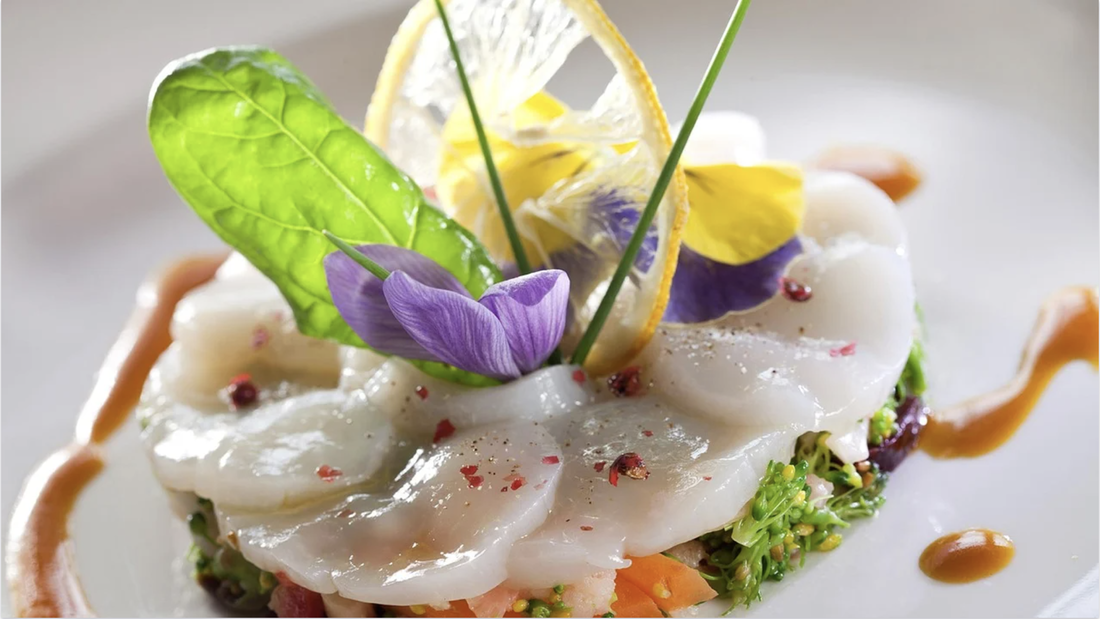|
By: R. Mautner Can you imagine eating salmon in the form of a cloud? What about a chocolate-caviar dessert? Although these may seem like mere dreams for a future light years away, these enticing delicacies are already present in our current world gastronomy – known as molecular gastronomy. This culinary class focuses on texture and physical properties of food, whilst trying to preserve their flavour, either to recreate famous dishes, or to create new, original ones.
The road to molecular gastronomy was first paved in France in 1989, heavily influenced by modernism. Yes, modernism: just like art, cooking also suffers cultural advances. Because of its unique visual and intriguing ways to present foods and ingredients in each dish, molecular cooking soon became very conspicuous in world culinary. Essentially, the purpose of this alternate, futuristic way of cooking is specifically to provide tasters flavours that they know, but in completely unexpected textures and consistencies. You might have a classic chocolate mousse dessert turned into a form of spaghetti, for example! At the same time, molecular cooking also incredibly versatile around the world since it consists of techniques, rather than ingredients or flavours. This means that these techniques may be applied to ingredients from any region of the world, without conflicting with their authentic flavours, but rather revisiting them and delivering them in a more untraditional way. What are these techniques, then? There is gelification – the process of making gel out of flavours, usually using agar-agar. This is what turns ingredients into pearls or spaghettis. There is spherification – where liquids are turned into bubbles with texture yet keeping the liquid’s flavour, usually using compounds like calcium lactate or sodium alginate. And emulsification – the process that transforms ingredients (liquid or solid) into light, aromatic foams, possibly by using substances like soy lecithin or methylcellulose. Of course, there are other techniques, but they all pertain to the same line of changing the physical states of food. Finally, composition is remarkably important and indispensable in molecular gastronomy, as it is not only about the food’s consistency, but also about its visual appearance. Many molecular techniques aim to produce contrasts or combinations between colours and textures, thus the way which different parts of a meal are arranged is crucial to make a signature molecular dish. But why am I telling you all this? All in all, molecular gastronomy is arguably not a functional way of cooking, as it involves uncommon ingredients and complicated techniques to make dishes that usually don’t come in substantial amounts. However, had the daring techniques not been created, cooking would remain the same, and current chefs may have been discouraged to take a leap of faith and revisit old flavours with an unconventional, avant-garde perspective that has turned meals into a new, adventurous experience!
0 Comments
Leave a Reply. |
Categories
All
Archives
June 2024
|

